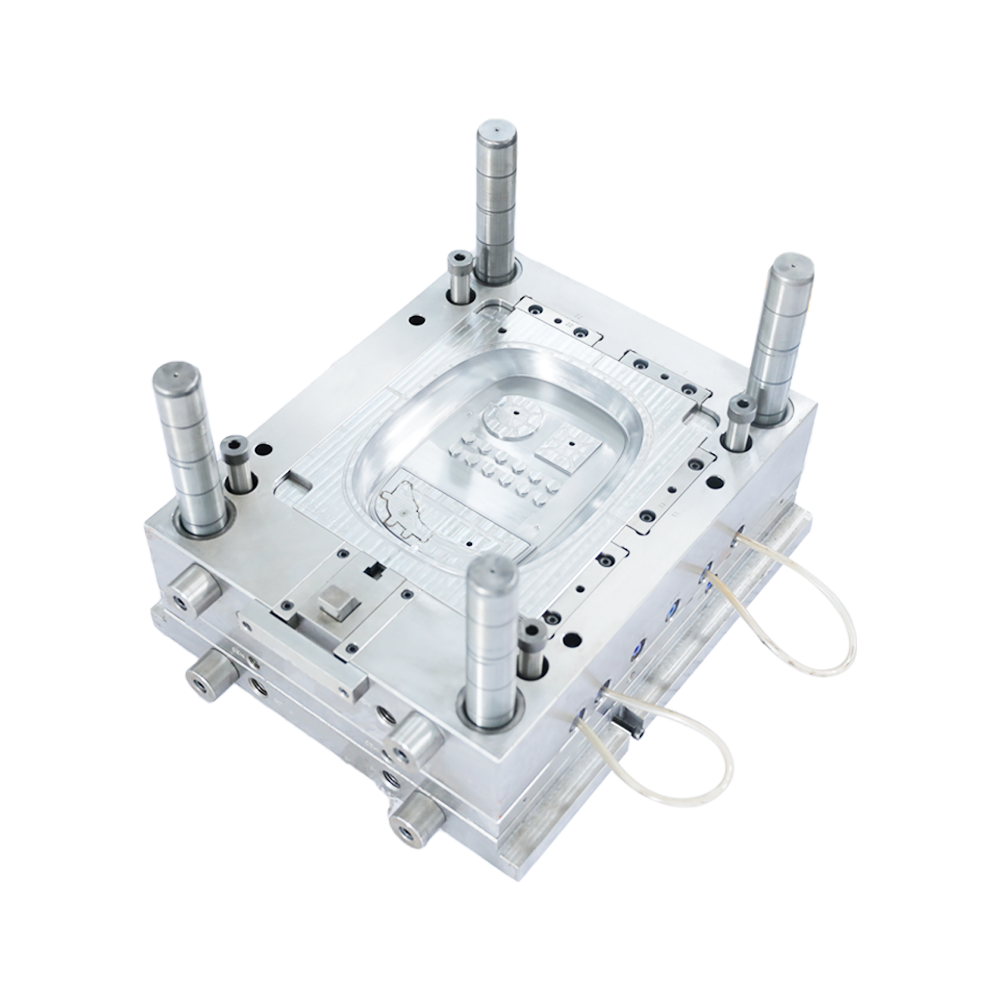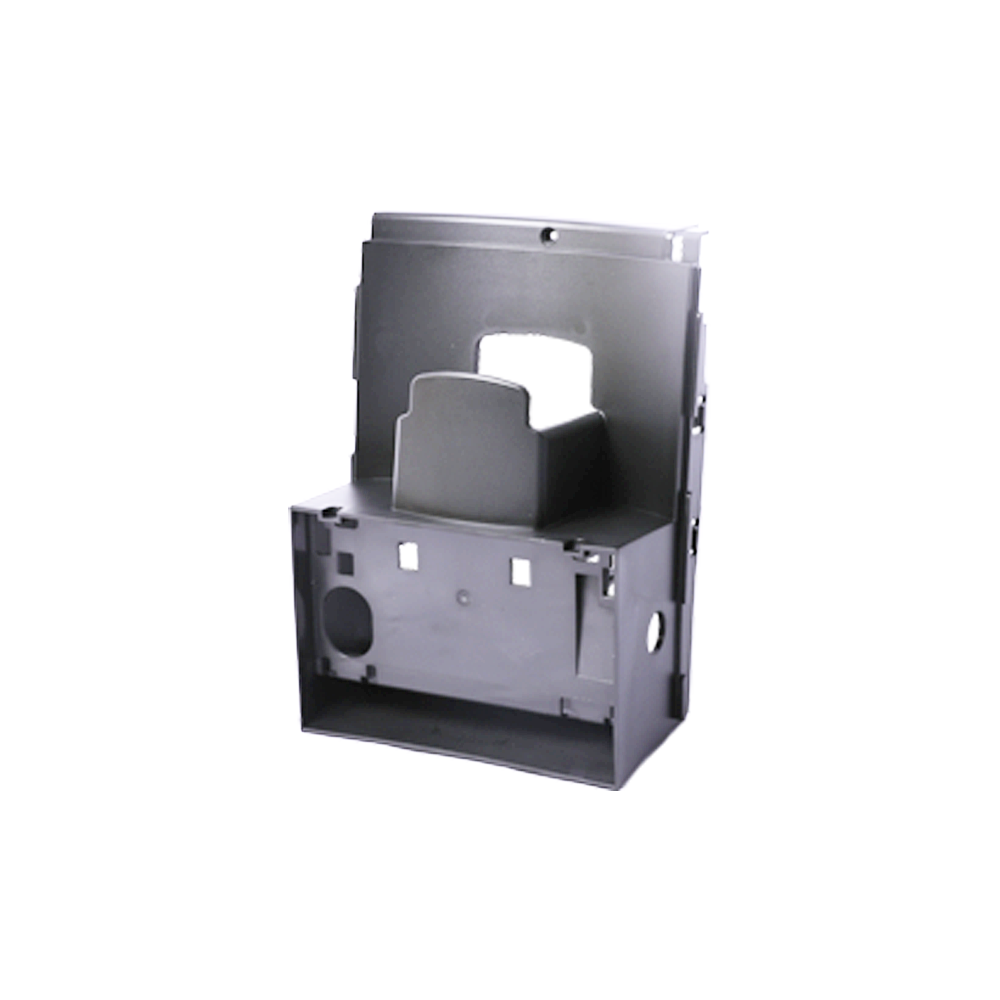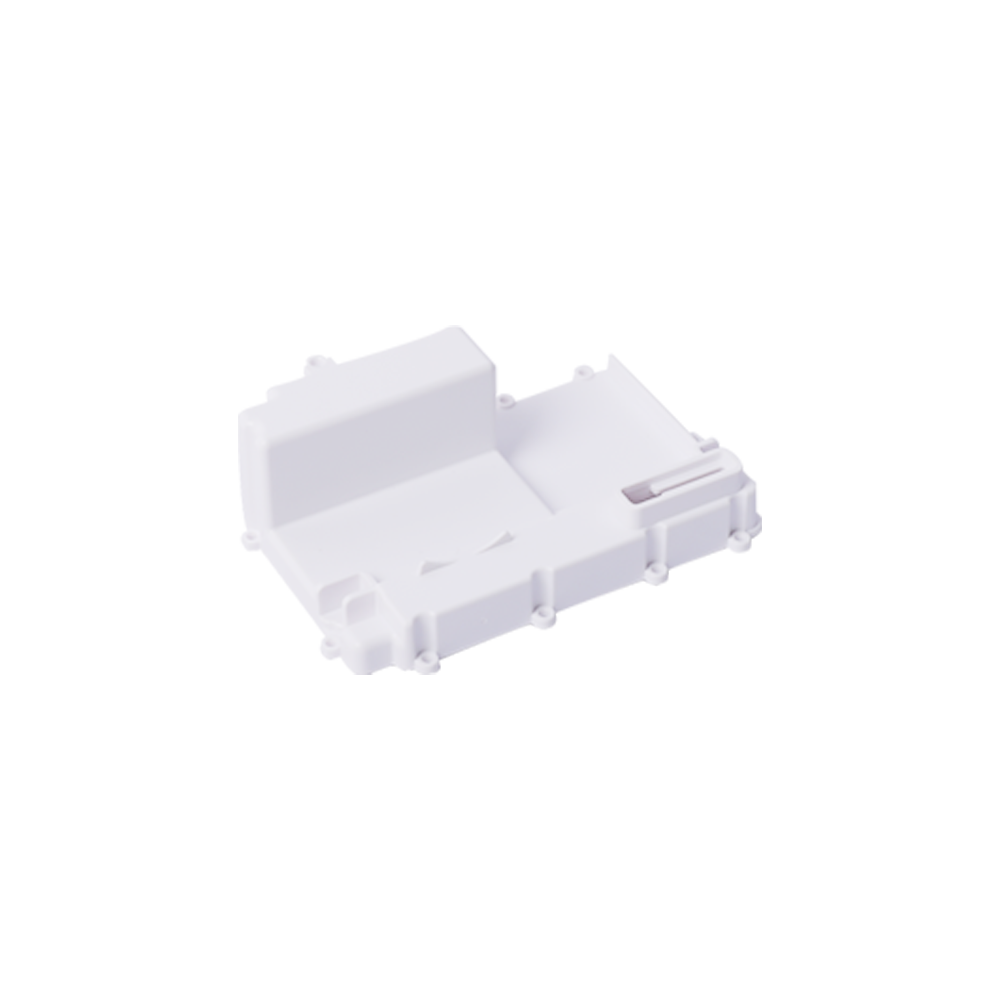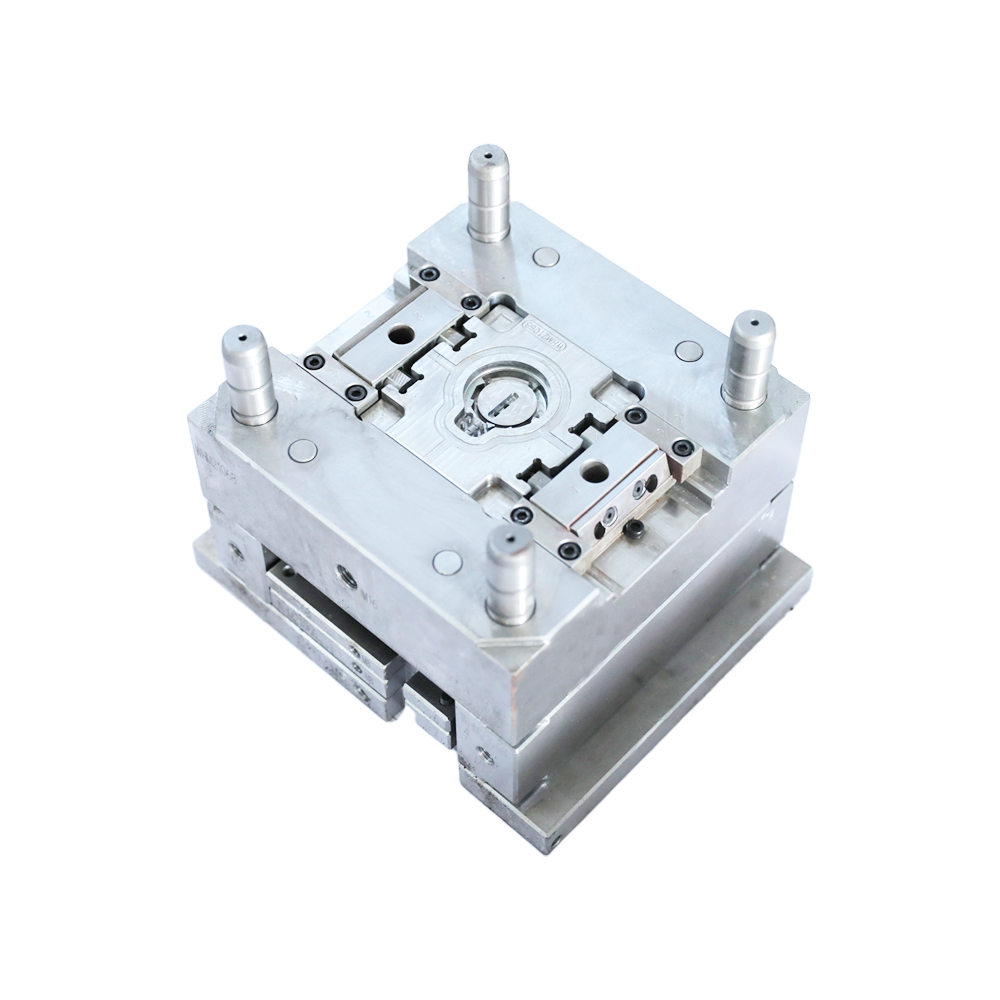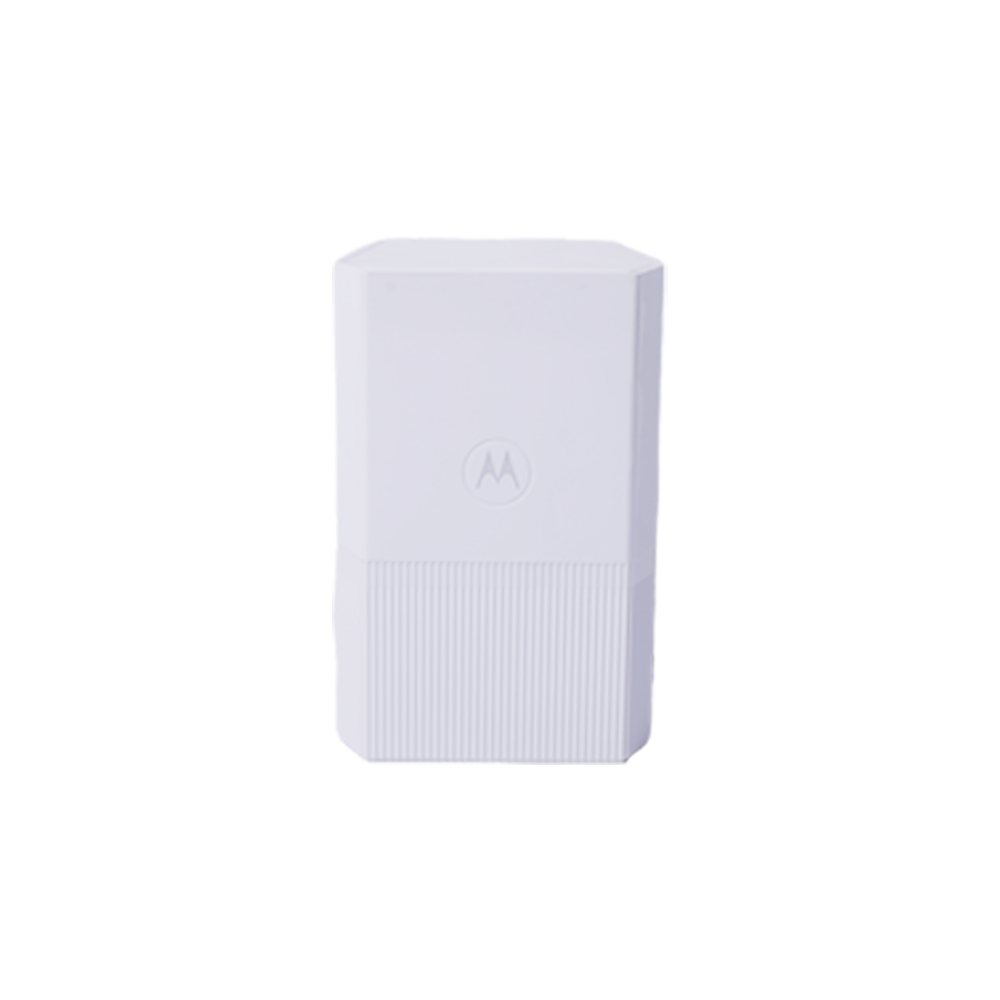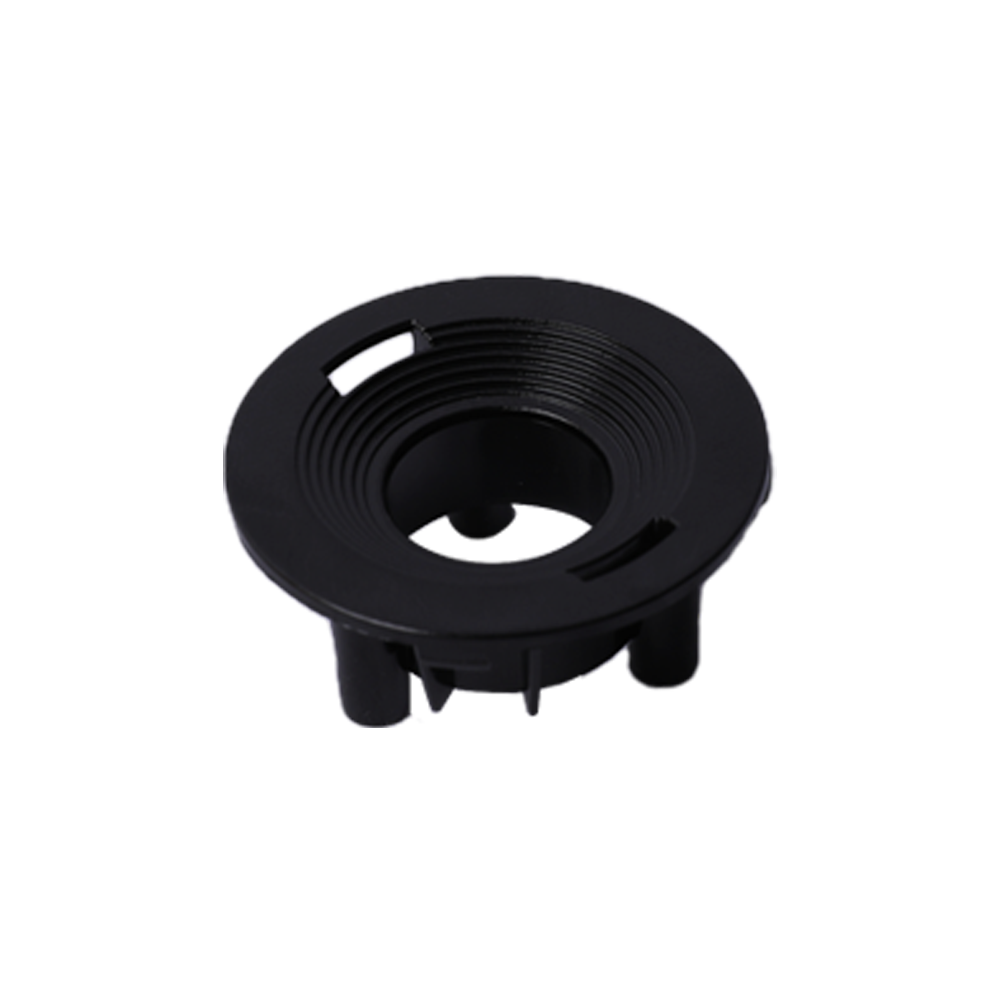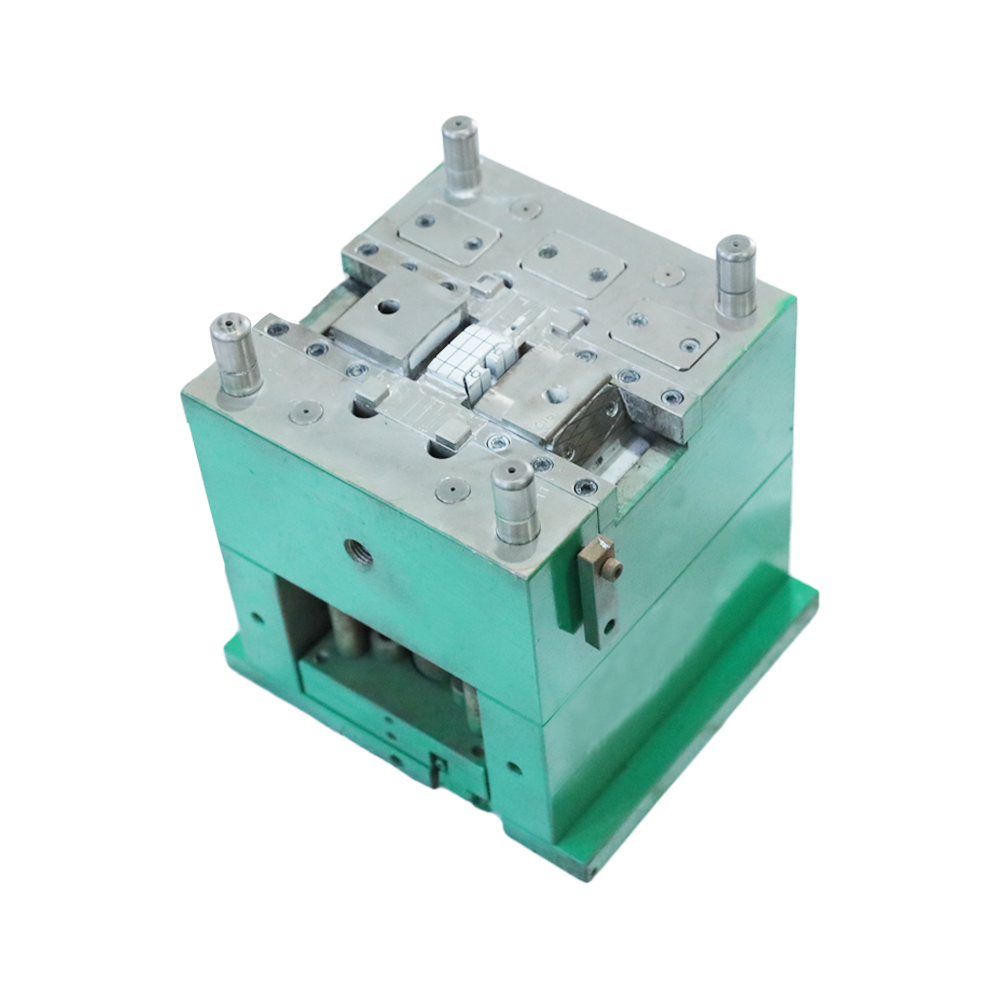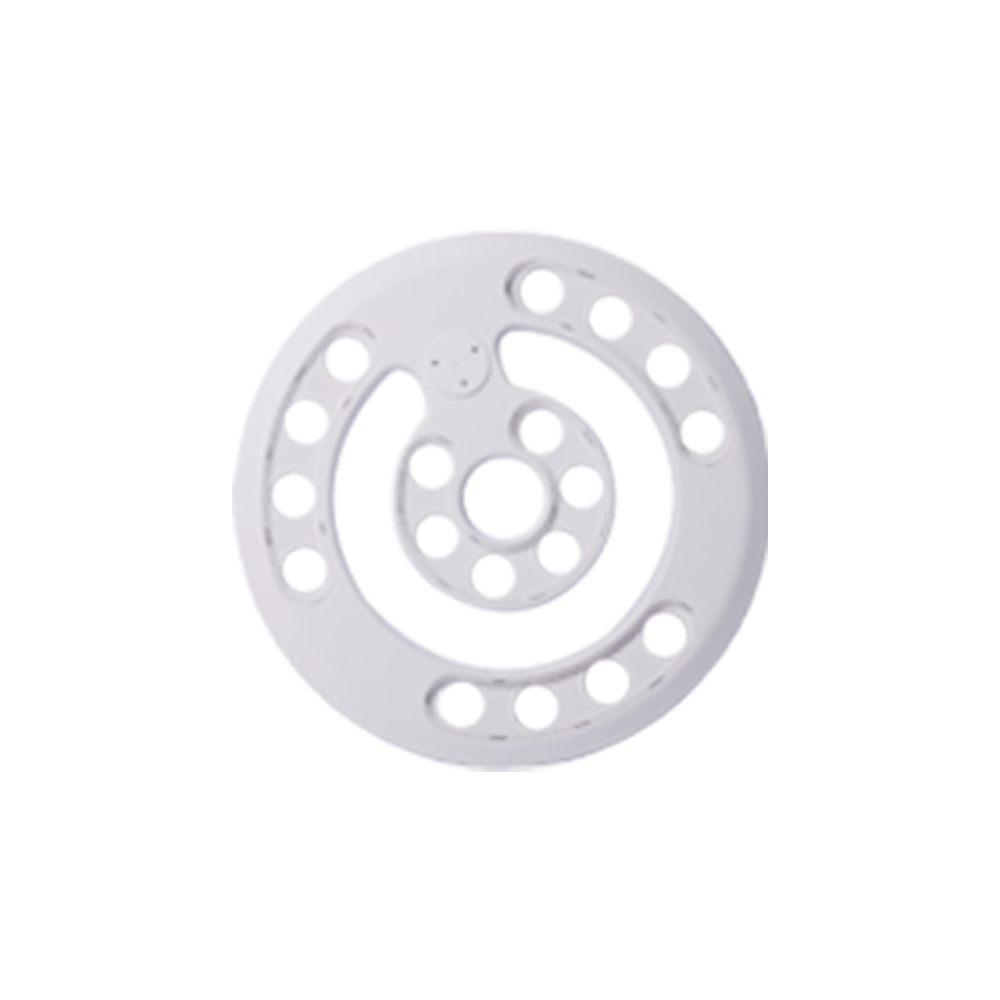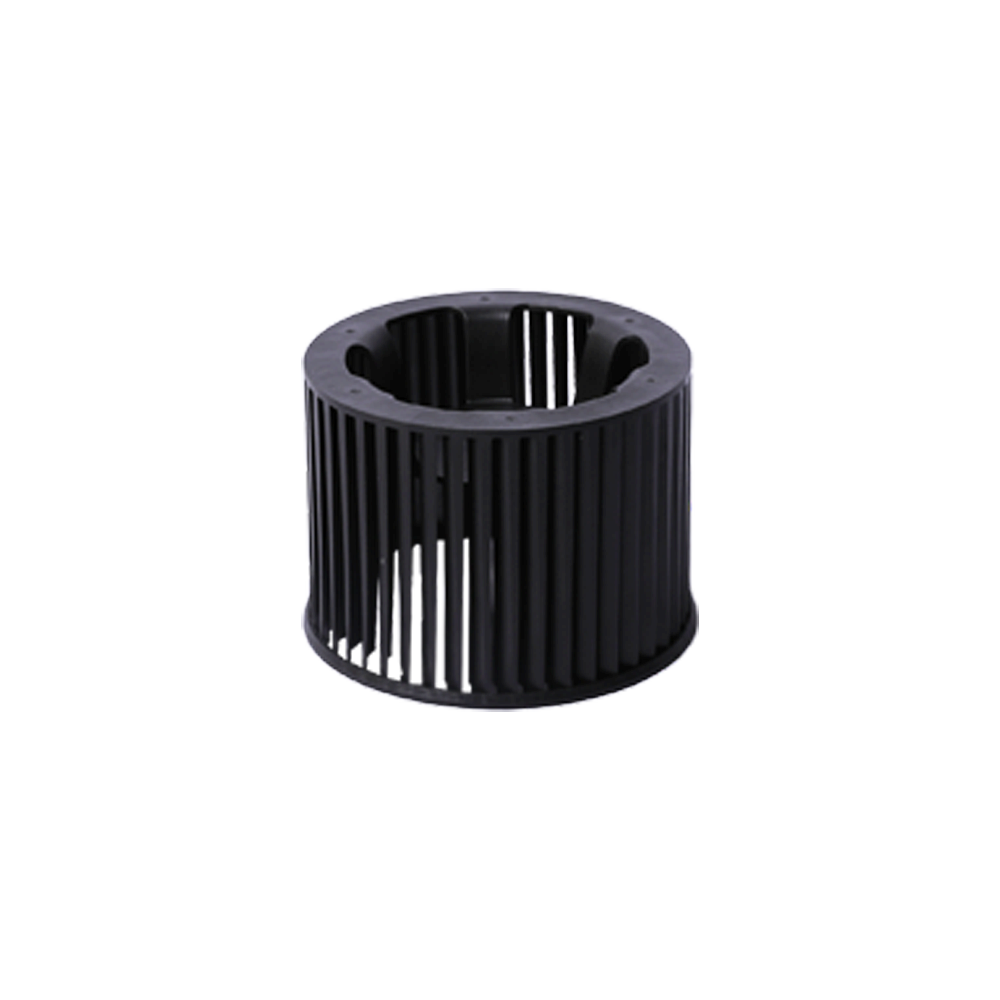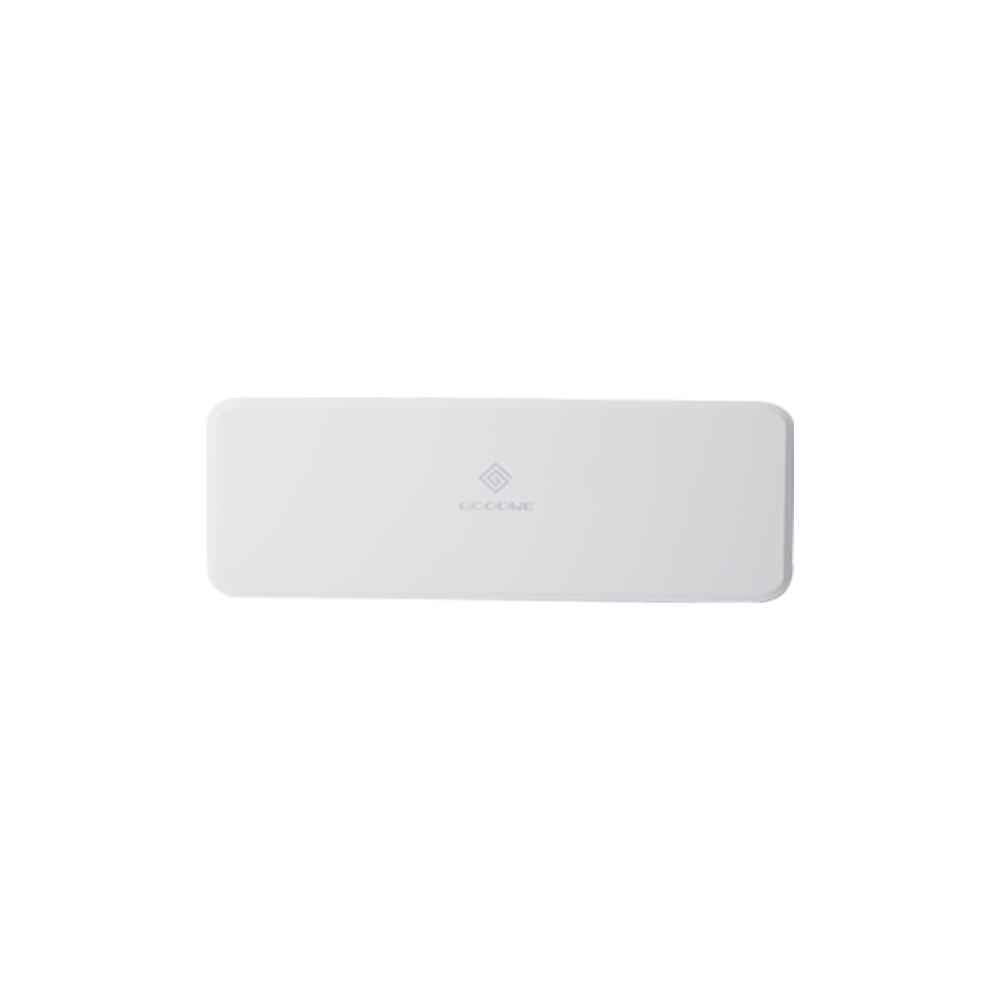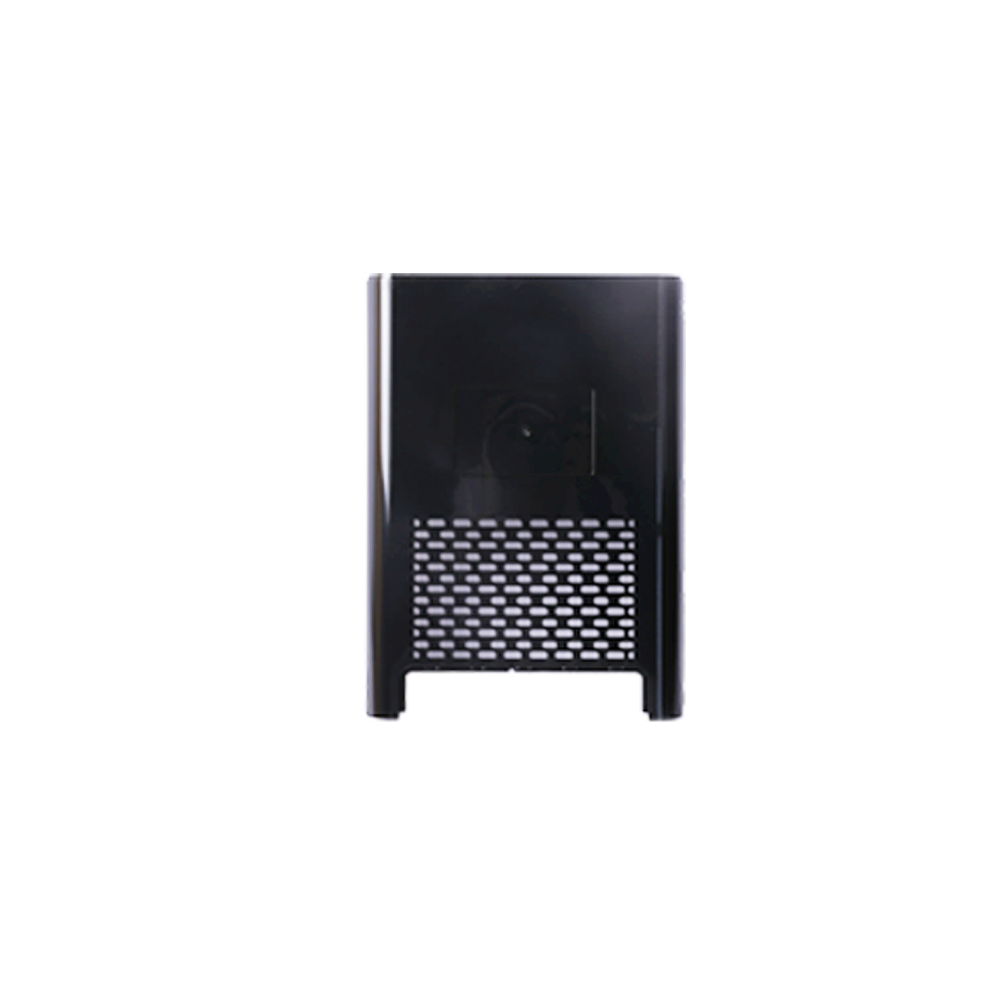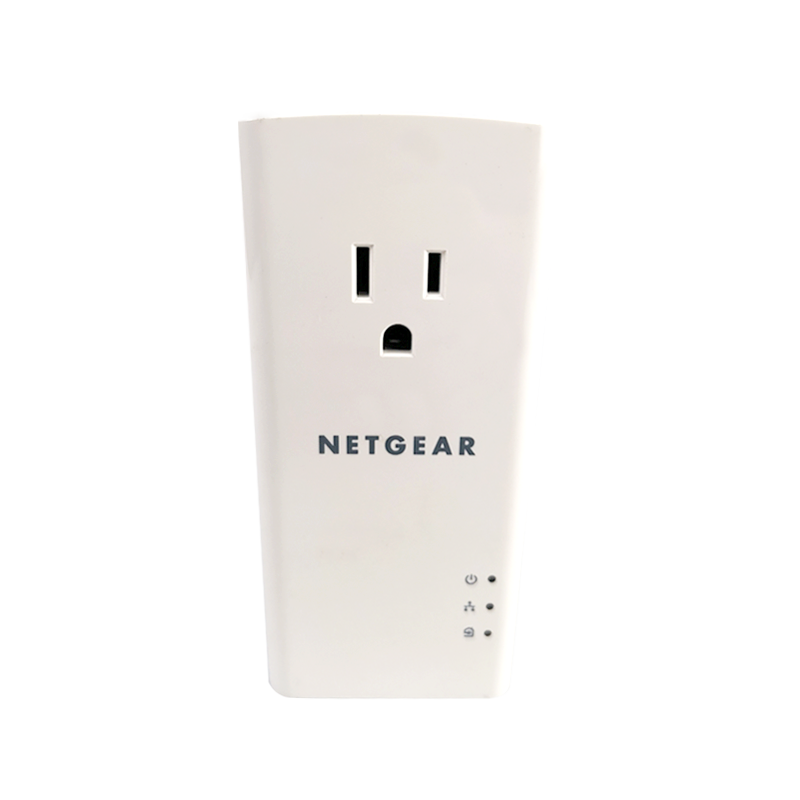It is very necessary to do a good job in the maintenance of the continuous stamping die in the process of use, and it is more necessary to carry out careful and patient maintenance, so as to ensure the safety and usability of the continuous stamping die.
So, do you know what maintenance points are for the continuous stamping die?
1. Maintenance of punch and die
When disassembling the male and female die, pay attention to the original condition of the die, so that it can be easily restored during subsequent mold installation. If there is padding or displacement, the thickness of the gasket shall be engraved on the parts, and records shall be made.
When replacing the punch, try to insert the stripper to see whether the die is smooth and whether the clearance between the plug and the die is even; When replacing the female die, check whether the clearance between the insertion and the punch is even.
As the punch becomes shorter after grinding, it is necessary to add gasket to reach the required length. Check whether the effective length of the punch is sufficient. To replace the broken punch, find out the cause, and at the same time, check whether the corresponding die has a broken edge and whether it needs to grind the edge.
When assembling the punch, check whether the clearance between the punch and the fixed block or the fixed plate is sufficient, and if there is a pressure block, check whether there is movement allowance; When assembling the female die, it shall be placed horizontally, and then a flat iron block shall be placed on the female die surface. It shall be gently knocked into place with a copper rod. It is not allowed to strike the female die with force at an angle. The bottom of the female die shall be chamfered. After installation, check whether the die surface is flush with the die surface.
After the punch, die and mold core are assembled, the care belt shall be checked as necessary to see whether the parts are installed incorrectly or reversely, whether the die and die cushion block are installed reversely, whether the blanking hole is blocked, whether the new parts need to steal materials, whether the materials need to be stolen are enough, and whether the parts that need to be locked are locked.
Pay attention to confirm the locking of the stripper plate screws. When locking, use balanced force to cross lock from the inside to the outside. Do not lock one screw first and then another to avoid tilting the stripper plate, leading to punch fracture or lower mold accuracy.
2. Maintenance of stripper plate
To remove the stripper, first use two elevators to pry it up, and then use both hands to balance the force to take it out. In case of difficulty in disassembly, check whether the inside of the mold is cleaned, whether all the locking screws are disassembled, and whether the mold is damaged due to material jamming. Find out the cause and then do the corresponding treatment. Do not blindly dispose.
When assembling the stripper plate, first clean the punch and stripper plate, add lubricating oil at the guide post and punch guide, put them in steadily, then press them in place with both hands, and repeat several times.
If it is too tight, find out the cause (whether the guide pillar and guide sleeve are guided normally, whether each part is damaged, whether the new punch can pass smoothly, and whether the position of the stripper plate is correct), find out the cause, and then handle it accordingly.
If there is pressure block on the fixed plate, check whether the space on the stripper back plate is enough. The material contact surface between the stripper plate and the female die is stamped for a long time to produce indentation. When the indentation is serious, it will affect the pressing accuracy of the material, resulting in abnormal product size, instability, etc. The stripper insert and stripper plate need to be repaired or reground.
The contour sleeve shall be checked for accuracy. Unequal height will cause the stripper plate to tilt, and its precise guidance and stable spring compression functions will be damaged, so it must be maintained.
3. Guide part inspection
Check the fit clearance of the guide post and guide sleeve, whether there are burns or wear marks, and whether the oil supply of the die guide is normal. The wear of the guide parts and the damage of the precision will reduce the precision of the mold, and problems will occur in various parts of the mold. Proper maintenance and regular replacement must be carried out.
Check the accuracy of the guide part. If the guide pin is worn and has lost its proper accuracy and function, it must be replaced. Check the condition of the stripper spring and ejector spring to see if they are broken, or if they have been used for a long time without breaking but have lost their original strength due to fatigue, they must be regularly maintained and replaced, otherwise, they will cause damage to the mold or the production will not be smooth.
4. Adjustment of die clearance
The positioning hole of the die core is worn due to frequent and repeated combination of the die core, resulting in large clearance after assembly (looseness after assembly) or uneven clearance (positioning deviation), which will cause the shape of the section after punching and cutting to become worse, the punch is easy to break, and burrs are generated. The appropriate clearance can be adjusted through the inspection of the section after punching and cutting.
When the clearance is small, the section is small, and when the clearance is large, the section is large and the burr is large, so the reasonable clearance can be obtained by shifting. After adjustment, proper records should be made, or marks can be made at the die edge, so as to facilitate subsequent maintenance.
 +86-15995701933
+86-15995701933 [email protected]
[email protected]- OEM Plastic Mould Manufacturers

 ��������
��������
